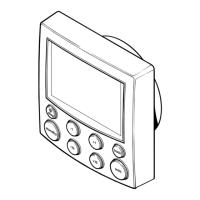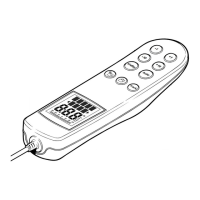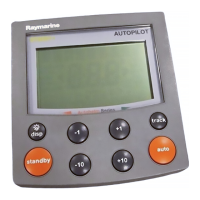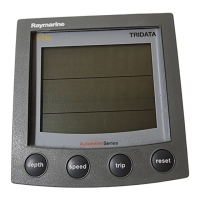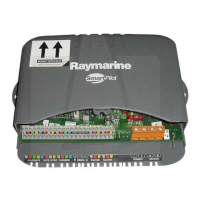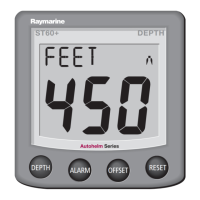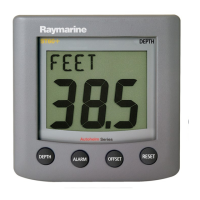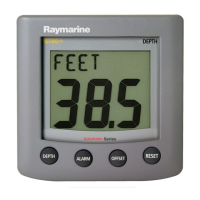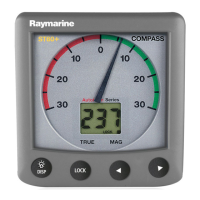What to do if Raymarine ST60+ Marine Equipment LAST flashes when under way?
- MMargaret HooverJul 31, 2025
If the LAST indication flashes when your Raymarine Marine Equipment is underway, it is likely due to aerated water caused by boat wakes or propeller wash. Ensure the reading stabilizes when clear of disturbed water.





